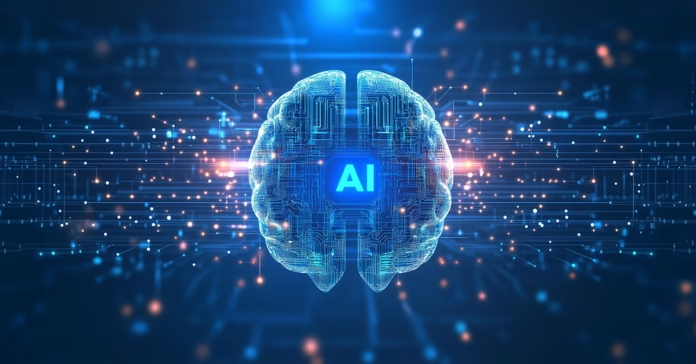For decades, digital literacy defined career success. From the arrival of personal computers in the 1980s to the internet revolution in the early 2000s, those who could navigate technology had a clear professional edge. But that era has ended. Today, digital skills are no longer a differentiator—they’re the bare minimum.
The new competitive advantage is AI fluency: the ability to work with artificial intelligence, not just use it. This shift is transforming industries, redefining jobs, and creating a major gap between those who adapt and those who don’t.
From Digital Skills to AI Fluency

AI fluency is often misunderstood. It’s not just about typing prompts into a chatbot or generating quick answers. Instead, it’s about strategic collaboration with AI tools—knowing when and how to use them to drive outcomes, enhance creativity, and make smarter decisions.
Think of it this way: learning to type didn’t make someone a great writer, and knowing how to use a chatbot doesn’t make someone AI-fluent. True AI fluency involves critical thinking, ethical decision-making, and problem-solving in partnership with AI systems.
A Global Skills Shift That’s Happening Fast
This transformation isn’t gradual—it’s happening at record speed. According to the 2025 PwC Global AI Jobs Barometer, skills in AI-exposed roles are evolving 66% faster than in other jobs, marking a dramatic acceleration compared to previous years.
And the market is rewarding those who keep up. Professionals with specialized AI capabilities—such as prompt engineering, AI oversight, and model integration—are earning on average 56% higher salaries than their peers in the same roles without these skills.
Governments and Industries Are Driving Change
Across the EMEA region, governments are investing heavily in AI-driven transformation. National strategies like Saudi Vision 2030 and UAE Centennial 2071 are centered around workforce upskilling, smart cities, advanced finance systems, and energy innovation.
In fact, the UAE made history in 2017 by appointing the world’s first Minister of Artificial Intelligence, signaling its commitment to becoming a global AI powerhouse.
White-Collar Work Is Being Redefined
AI’s impact is particularly visible in traditional white-collar sectors. Research shows that up to one-third of routine administrative tasks can now be automated with existing generative AI tools. Entry-level roles in data entry, customer service, and back-office operations are evolving rapidly—or disappearing entirely.
This isn’t just job displacement—it’s job transformation. AI is taking over repetitive tasks, freeing human professionals to focus on high-value, strategic, and people-centric work that commands higher wages and greater job security.
Beyond Tools: The Art of Human–AI Collaboration

True AI fluency means moving beyond basic familiarity with tools to mastering collaboration with AI. Experts highlight three core competencies:
Knowing when to use AI — identifying the right moment and purpose for integrating AI into workflows.
Guiding AI effectively — crafting precise prompts and instructions that lead to meaningful results.
Critical evaluation — reviewing AI outputs for accuracy, bias, ethics, and contextual understanding.
A Harvard study found that employees who are fluent in AI are 81% more productive and 54% more creative than those who aren’t. This is because they integrate AI throughout their day, rather than using it for one-off tasks.
The Ethical Dimension of AI Fluency
As AI becomes more embedded in daily work, ethical awareness and legal compliance are essential skills. Professionals must understand data privacy, consent, intellectual property rights, and algorithmic bias.
Companies like Adobe are already factoring AI fluency into hiring decisions—favoring candidates who can show practical, innovative uses of AI during interviews.
A Shared Responsibility: Businesses and Educators
Building an AI-fluent workforce requires a joint effort.
For businesses: Upskilling should be a core part of strategy, not an optional training initiative. Encouraging employees to experiment with AI tools daily helps create a culture of “human + AI” collaboration, increasing agility and competitiveness.
For educators: Banning AI tools in the classroom is becoming counterproductive. In fact, 57% of students say that hands-on AI learning makes them feel more prepared for the job market. Many employers now actively prefer candidates from universities that integrate AI across all subjects.
Adapting to the Future of Work

The greatest challenge of the next decade isn’t adopting new technology—it’s adapting the human workforce to work effectively alongside it.
AI fluency is no longer optional. It’s the new baseline skill determining who thrives in the future of work. Just as digital literacy once opened doors, AI fluency will define the next generation of career success.


